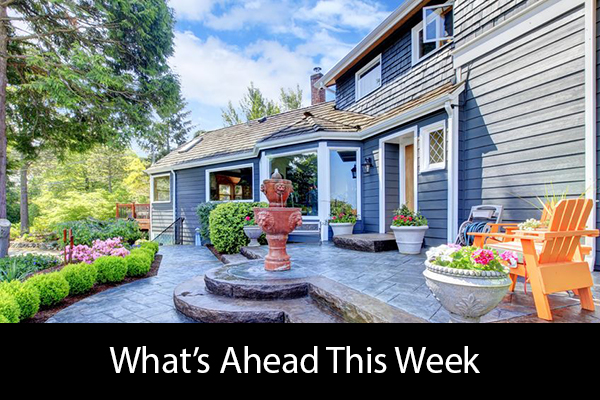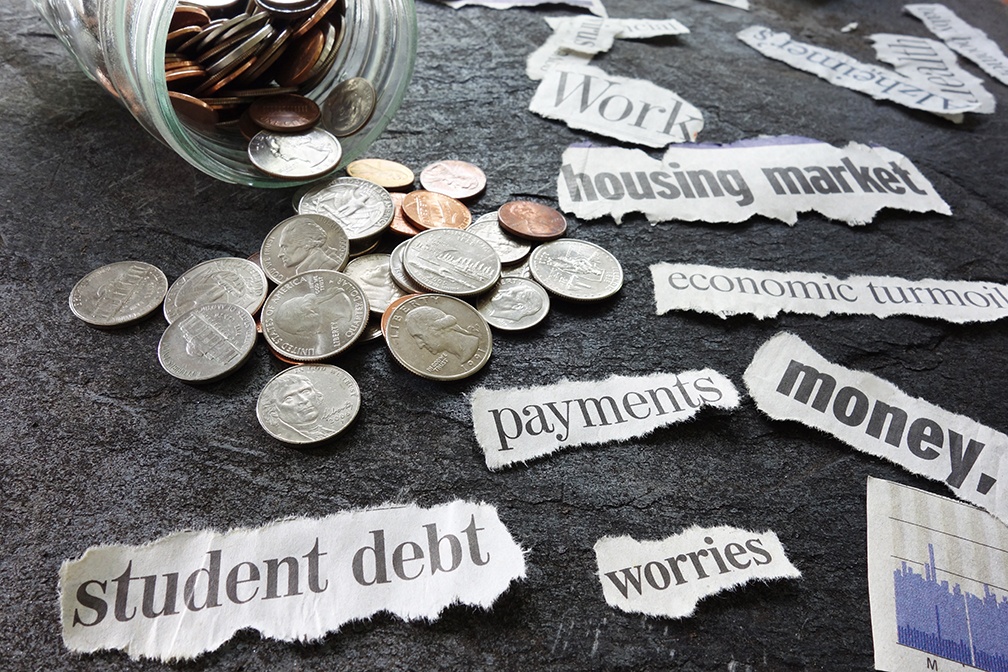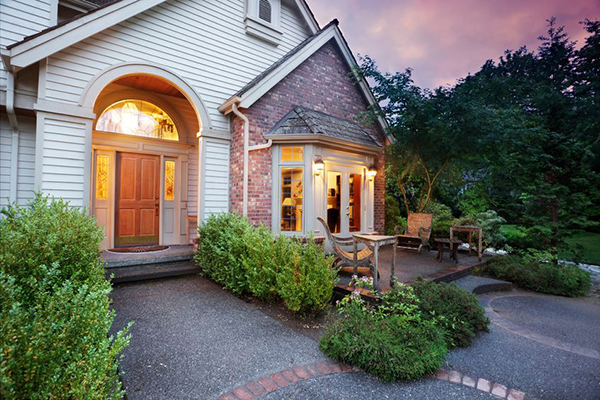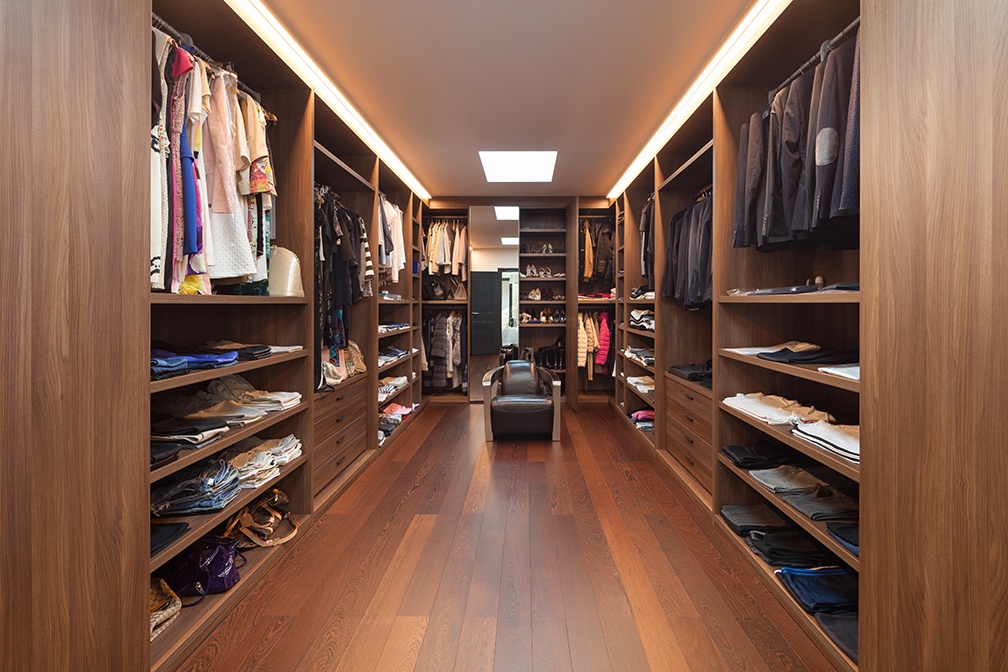 Investing in real estate is one of the oldest means of building and storing wealth. However, it is only just recently that “flipping” of houses – buying at a low price, renovating and selling at a higher price – became popular. For many, house flipping has become a full-time career and their primary source of income.
Investing in real estate is one of the oldest means of building and storing wealth. However, it is only just recently that “flipping” of houses – buying at a low price, renovating and selling at a higher price – became popular. For many, house flipping has become a full-time career and their primary source of income.
So, are you interested in learning what it takes to become a successful house flipper? Read on to learn more about this fun and exciting way to invest in real estate.
Research Local Regulations And Legal Requirements
The first thing you’ll want to do is start researching the local regulations and requirements for house flippers. You can either go online and read through the laws or call up an experienced real estate agent and ask them. Either way, you need to know the rules of the game you’re about to enter.
Gathering The Resources You’ll Need
Next, you’ll want to gather your resources – both financial and human. You will, of course, need to have some cash set aside for a down payment, or for buying houses outright. At minimum, you will also need a real estate agent, a mortgage professional and a real estate attorney. You may also need contractors to help you with renovations unless you have the skills and experience necessary for this.
How To Assess Potential Investment Properties
Successful house flippers develop an eye for undervalued properties. Your goal is to find a home that is listed low but has a lot of room for improvement. The fundamentals of the property, its location, the size of the land, the home’s foundation, etc. – should be good.
You will also want to get good at sourcing out homeowners that are willing to sell but haven’t listed their home yet. If you can secure a private sale, you’re going to save money and avoid having to bid against other flippers.
Making Your First Flip
You’ve built your team, learned the rules and have started to hunt for listings. Now, you need to decide and make your move. As foreclosure rates have trended down recently, it can be hard to find the perfect opportunity. However, as this is your first flip, your goals should be centered on learning the flipping process without losing any money. Keep an open mind and don’t worry about trying to score big. Instead, buy the right home, renovate to add value and relist quickly so you can move on.
When you’re ready to start your search for flip-ready properties, we’re here to help. Contact your local real estate professional and we’ll share a variety of local home listings that will be able to provide a healthy return.
 Last week’s economic reports included NAHB Housing Market Indexes along with readings on housing starts, building permits and existing home sales. Weekly readings on mortgage rates and new jobless claims were also released.
Last week’s economic reports included NAHB Housing Market Indexes along with readings on housing starts, building permits and existing home sales. Weekly readings on mortgage rates and new jobless claims were also released. Are you listing your home for sale now, or in the near future? If so, you have probably come to terms with the fact that soon you’ll be having strangers tour through your home asking all kinds of questions about it. In today’s blog post we’ll take a look at three strange questions that buyers might ask and how to approach answering them.
Are you listing your home for sale now, or in the near future? If so, you have probably come to terms with the fact that soon you’ll be having strangers tour through your home asking all kinds of questions about it. In today’s blog post we’ll take a look at three strange questions that buyers might ask and how to approach answering them. Whether you are just about to graduate college or you have been out of school for a few years, there’s a good chance you’re carrying some amount of student loan debt. It seems that news headlines are regularly pointing out that the nation’s graduates are suffering from the stress of student debt. Moreover, that pressure can be even worse for those who are looking to buy a home and start putting some roots down in the local community.
Whether you are just about to graduate college or you have been out of school for a few years, there’s a good chance you’re carrying some amount of student loan debt. It seems that news headlines are regularly pointing out that the nation’s graduates are suffering from the stress of student debt. Moreover, that pressure can be even worse for those who are looking to buy a home and start putting some roots down in the local community.
 Are you in the market for a new house or condo? Whether you’re looking for something luxurious or intimate, you’ll want to ensure that you have enough space for all of life’s necessities. Many home buyers focus on bedrooms, bathrooms and living areas as their top priorities. But have you given any thought to your closet space?
Are you in the market for a new house or condo? Whether you’re looking for something luxurious or intimate, you’ll want to ensure that you have enough space for all of life’s necessities. Many home buyers focus on bedrooms, bathrooms and living areas as their top priorities. But have you given any thought to your closet space?